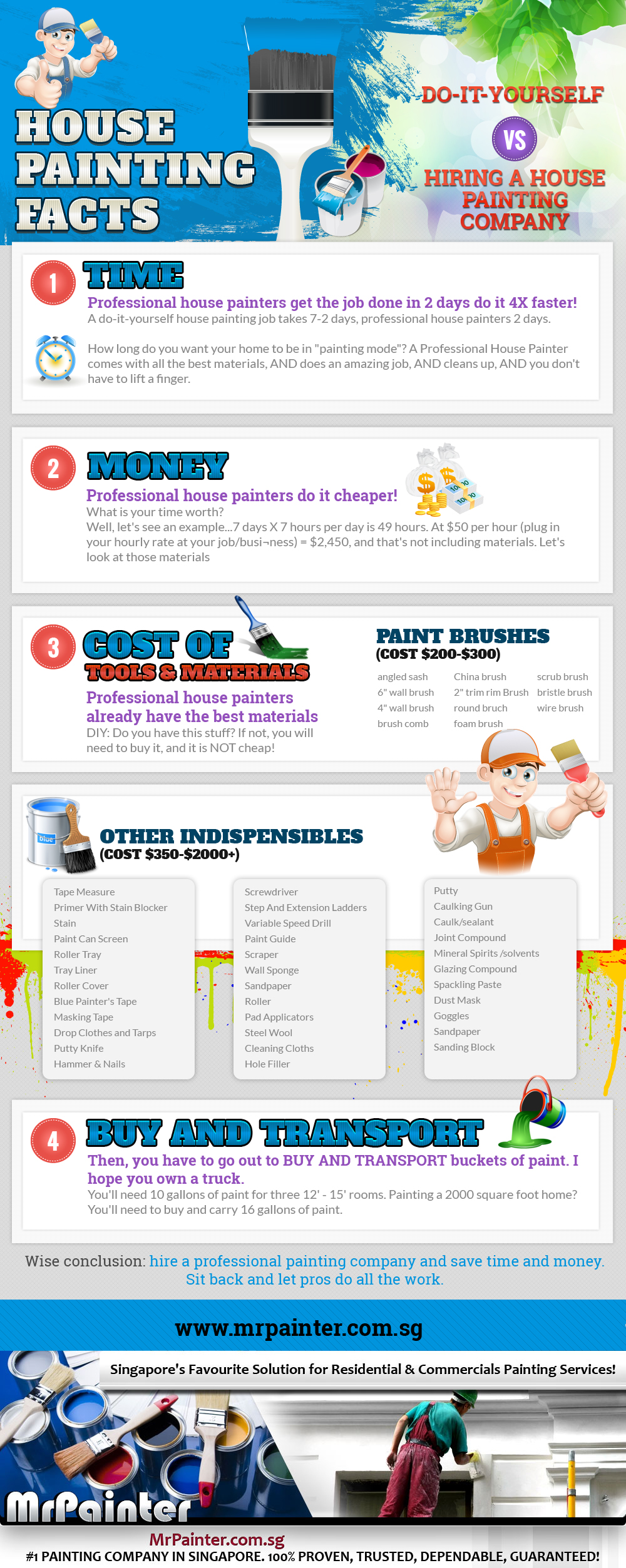Key Seasonal Considerations For Commercial Exterior Paint: What You Need To Be Educated Regarding
Key Seasonal Considerations For Commercial Exterior Paint: What You Need To Be Educated Regarding
Blog Article
Created By-Aguilar Bagger
When you're intending an industrial exterior painting project, seasonal elements can make or break your results. You'll intend to take into consideration exactly how temperature and moisture influence paint application and drying times. Picking the appropriate season can ensure your paint sticks effectively and lasts much longer. But which periods are really the most effective for this type of work? Allow's explore the key elements that can influence your project's success.
The Influence of Temperature Level on Paint Application
When you're planning a commercial external paint project, the temperature can dramatically influence just how well the paint sticks and dries out.
Ideally, you want to repaint when temperatures range between 50 ° F and 85 ° F. If it's also chilly, the paint might not treat effectively, resulting in issues like peeling off or fracturing.
On the other hand, if it's as well warm, the paint can dry as well rapidly, stopping appropriate attachment and leading to an irregular finish.
You must also take into consideration the moment of day; early morning or late afternoon provides cooler temperatures, which can be more beneficial.
Always inspect the supplier's recommendations for the details paint you're utilizing, as they often provide support on the perfect temperature level array for optimal outcomes.
Moisture and Its Effect on Drying Times
Temperature level isn't the only ecological factor that influences your business exterior painting project; humidity plays a significant role also. interior condo painter can decrease drying out times significantly, influencing the total top quality of your paint work.
When the air is saturated with dampness, the paint takes longer to heal, which can cause concerns like poor bond and a greater risk of mildew development. If you're painting on a particularly humid day, be prepared for prolonged wait times between layers.
It's crucial to monitor regional weather and plan appropriately. Ideally, go for humidity levels in between 40% and 70% for ideal drying.
Maintaining these factors in mind guarantees your job remains on track and provides an enduring coating.
Best Seasons for Commercial Exterior Painting Projects
What's the best time of year for your commercial external paint projects?
Springtime and early fall are usually your best bets. During these seasons, temperature levels are light, and moisture levels are often reduced, developing excellent problems for paint application and drying out.
Prevent summer season's intense heat, which can create paint to completely dry also rapidly, causing poor attachment and finish. Likewise, wintertime's cold temperatures can impede appropriate drying and healing, running the risk of the durability of your paint job.
Aim for days with temperatures in between 50 ° F and 85 ° F for optimal outcomes. Remember to check the regional weather forecast for rain, as damp conditions can ruin your task.
https://www.insider.com/tiktok-comments-realtor-changed-mind-mural-property-viral-video-2023-2 around these variables guarantees your painting job runs efficiently and lasts much longer.
Verdict
In conclusion, preparing your industrial external painting jobs around seasonal factors to consider can make a considerable distinction in the outcome. By scheduling job throughout the ideal temperature levels and moisture levels, you'll make sure far better bond and drying times. Bear in mind to keep an eye on local weather forecasts and pick the correct time of year-- spring and early loss are your best options. Taking these steps will assist you achieve a long lasting and professional coating that lasts.
